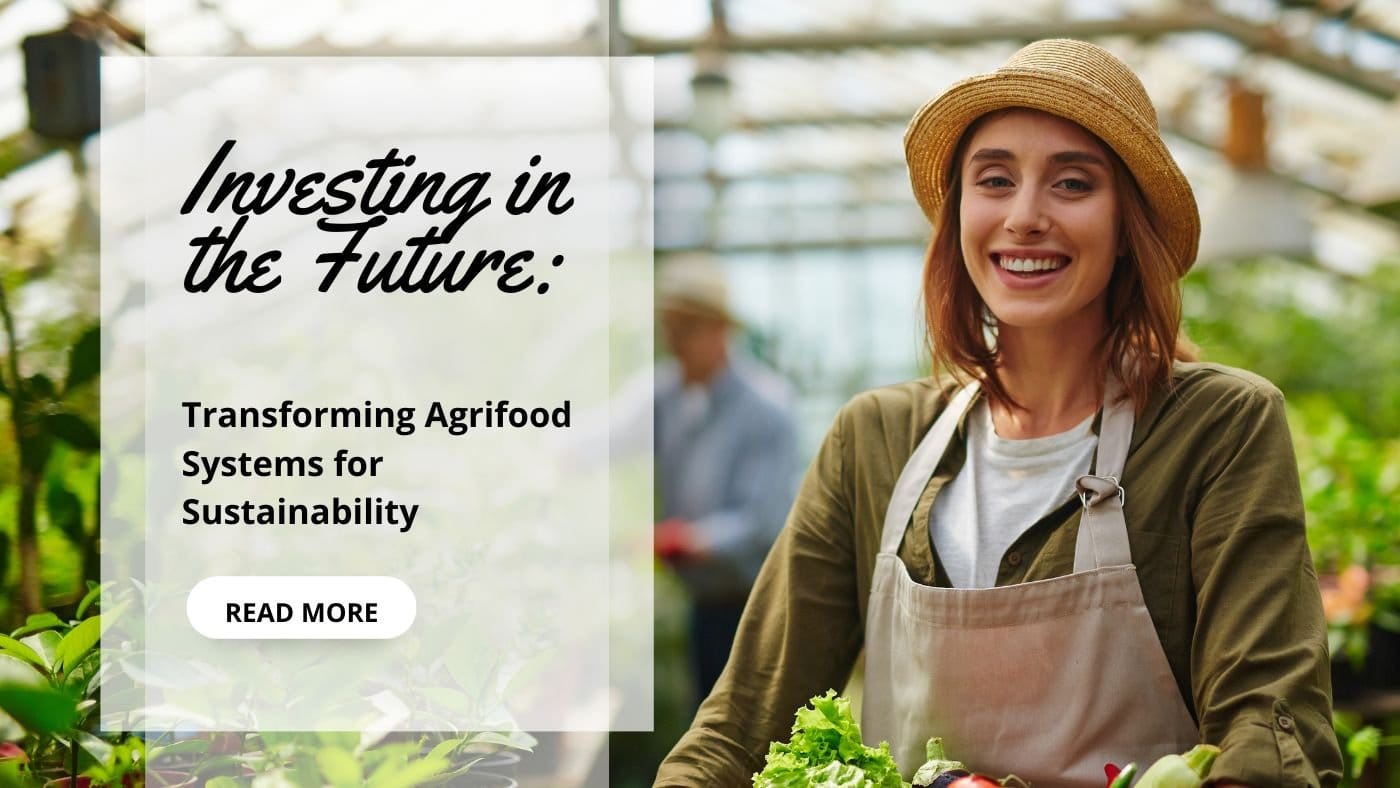Investing in the Future: Transforming Agrifood Systems for Sustainability

In a ground breaking move towards sustainability, the World Bank advocates for ambitious investments to halve agrifood emissions by 2030 and achieve Net Zero emissions by 2050. With a projected annual investment requirement of $260 billion, this initiative aims to revolutionize the global agrifood landscape, fostering resilience against climate change and securing food supplies for future generations. Let’s delve into the key insights and recommendations outlined in the World Bank’s report, “Recipe for a Livable Planet: Achieving Net Zero Emissions in the Agrifood System.”
Understanding the Challenge: The Urgency of Agrifood Emissions
Agrifood systems currently account for approximately one-third of all global greenhouse gas emissions, presenting a significant obstacle in the fight against climate change. As the world’s population continues to grow, the pressure on agrifood systems intensifies, exacerbating emissions and threatening environmental stability. Recognizing the critical role of agrifood emissions in shaping our planet’s future, the World Bank underscores the urgent need for transformative action.
Unlocking Opportunities: The Power of Investment
The World Bank’s report identifies investment as a key catalyst for reducing agrifood emissions and achieving Net Zero targets. By directing resources towards sustainable practices and innovative technologies, countries can significantly mitigate emissions while bolstering food security and resilience. The report emphasizes that the benefits of investing in emissions reduction far outweigh the costs, with potential gains totaling over $4 trillion across various sectors.
India’s Solar Solution
In India, the adoption of renewable energy holds immense promise for curbing agrifood emissions. The transition from diesel to solar-powered irrigation pumps presents a viable pathway towards emission reduction, with the potential to cut emissions by millions of tonnes annually. By leveraging solar energy, India can lead by example, demonstrating the efficacy of clean technologies in mitigating environmental impact and fostering sustainable growth.
Global Collaboration
Addressing agrifood emissions requires a collaborative effort on a global scale. High-income countries must lead by example, providing support to low- and middle-income countries in adopting low-emission farming practices and technologies. Additionally, shifting subsidies away from high-emission food sources can incentivize the adoption of sustainable alternatives, paving the way for a greener future.
Empowering Middle-Income Countries
Middle-income countries play a pivotal role in curbing agrifood emissions, with the potential to reduce up to three-quarters of global emissions through sustainable practices. By investing in initiatives such as reducing livestock emissions, promoting healthy soils, and minimizing food loss and waste, these countries can drive significant progress towards emission reduction targets.
Charting a Sustainable Future
Low-income countries have a unique opportunity to pursue climate-smart strategies for economic development, avoiding the pitfalls of high-emission models. By prioritizing forest preservation and restoration, these countries can unlock sustainable growth pathways while mitigating agrifood emissions and enhancing resilience against climate change.
Investing in a Greener Tomorrow
As the world grapples with the challenges of climate change, investing in agrifood emissions reduction emerges as a critical imperative. By mobilizing resources, fostering innovation, and promoting global collaboration, countries can unlock a future where agrifood systems are sustainable, resilient, and equitable. The World Bank’s report serves as a blueprint for action, offering a roadmap towards a livable planet for current and future generations.










